TikTok predicts a looming recession. Economists do not
Published in Business News
Lady Gaga topping the charts with her pop tunes. Fashionistas stepping out in low-rise jeans and chunky belts. Coke bottles with names, again.
These are just a few things social media users see as signs of a recession in the U.S.
“A huge recession indicator nobody is talking about, ready? The club is only getting stronger,” one TikTok post said. “We have an event here in Seattle at Cha Cha Lounge (where) they throw Latin night on a Wednesday and it gets packed.”
Some other posts pointed to cost cutting or anything that feels reminiscent of roughly 2007-09 as a sign that the U.S. economy is in a downfall.
But experts don’t share the same assessment as actual economic indicators hold steady despite clouds of uncertainty.
The U.S. real gross domestic product increased at a 3% annual rate from April through June, an improvement after contracting 0.5% in the first quarter, according to an advance estimate from the U.S. Bureau of Economic Analysis released this week.
To be in a recession, economist Mark Gertler said, the economy has to have two consecutive quarters, or six months, of negative GDP growth, meaning the U.S. is not currently in a recession.
The last time the National Bureau of Economic Research, where Gertler works, declared a recession was because of the pandemic. It was the shortest recession in U.S. history, lasting from February to April 2020.
Before that, the Great Recession, from 2007 to 2009, was the worst economic downturn in decades, and its impact reverberated through early 2000s culture.
Gen Zers, born between 1997 and 2012, were very young at the time. The Great Recession barely exists as a memory, and stands more as a foreboding.
But throughout his career as an economist and professor at New York University, Gertler has been trained on a key idea: Correlation does not equal causation.
“It could be that Lady Gaga concerts were correlated over a certain period,” Gertler said. “But if there’s not a fundamental economic reason for that, the correlation will likely break down over time.”
It’s easy to see the recycling of late 2000s trends as some ominous warning that an economic crisis is on the horizon. But the Great Recession was a “different animal” Gertler said, triggered by a bursting of the housing market bubble.
When examining actual recession predictors, the U.S. economy is holding fairly steady.
Economists examine several factors to get a sense of the nation’s economic health. A big one is the unemployment rate, which hovers around 4.1% and has not had any major changes over the last couple years.
Other indicators include consumer spending. If people are pulling back on buying nonessentials, that could signal a recession is coming, said Ana Espinola-Arredondo, an economist and professor at Washington State University.
A recent report from The Conference Board tracking the overall feelings about the economy and finances of American households found that consumer confidence improved by two points in July from June.
Consumers' perspective of future business conditions, the labor market and income perspectives were all more positive, with consumers’ perceived likelihood of a U.S. recession over the next 12 months declining from its peak in April.
But social media has its own way of economic forecasting.
“Five things trending this summer that are actually just recession indicators,” one TikTok creator says in a video, going on to point to short nails, minimalism, people quitting fake tanning and a return to natural hair colors as signs of a recession.
The creator isn’t entirely wrong here. Beauty expenditures are a nonessential that typically are forgone in times of economic uncertainty, Espinola-Arredondo said. But the big difference between the post and reality? There are no signs that people are actually pulling back on their cosmetics spending.
A report from the Federal Reserve Bank of St. Louis shows that sales for health and personal care stores have continued to climb since the beginning of the year.
A post on X with 13,500 views reads “saw a 10 pack of ramen noodles on Facebook Marketplace. Recession indicator. I bought it. Another recession indicator.” The post captures another trending predictor: food.
Espinola-Arredondo doesn’t disagree. If tracked to be true, cutting back on groceries can be a sign of souring consumer sentiment. This could be seen in a decrease in organic food purchases or an increase in the sales of frozen pizzas.
Beyond food, former Federal Reserve head Alan Greenspan coined sales of men’s underwear as another sign to watch. A drop in the garment sales could indicate people are penny pinching and making cuts in the places they think no one will notice.
Understanding the vibe
The nation’s GDP has held fairly steady and actual recession indicators aren’t present, so why can’t social media users stop speculating?
Zack Almquist, a sociologist and associate professor at the University of Washington, explains that people have long looked for nonmonetary signals to understand the world around them. As the world has shifted more online, the comprehension process has taken place there.
“People have been looking at social media to understand the general vibe of things,” said Almquist.
Concluding that because late 2000s trends are recurring, the U.S. is heading into an economic spiral could be a simple recognition of patterns, Almquist said. And because the oldest Gen Zers were only around 11 years old during the Great Recession, understanding the economic collapse is more based on rumors, gossip and pop culture rather than personal experience.
The fear of a recession has been present since the pandemic, Almquist said, with recent large federal policy changes leading to heightened uncertainty.
President Donald Trump’s trade policies have complicated the market, but the actual impact of tariffs are yet to be seen. A slowdown in the economy is possible, Gertler said, but it’s hard to say right now.
Earlier this year, predictions of a recession due to Trump’s trade policies were abundant. J.P. Morgan, the global finance company, predicted a 60% chance of a recession — a number that dropped to 40% in May.
Trump’s interest in the Federal Reserve cutting interest rates could also be leading to more caution in the markets, Espinola-Arredondo said.
“If you think about the president being very, in a way, obsessed with reducing taxes and thinking about the interest rate, that could induce people to think that there is something happening that we don’t clearly see,” Espinola-Arredondo said.
The Federal Reserve key interest rate is currently around 4.3%. Despite Trump’s pressure, the Fed left the rate unchanged for the fifth time in its meeting this week.
How the economy will fare is still to be seen. In the meantime, social media users will continue to cope with sardonic humor and laughter.
“People always try to make good in tough situations,” Almquist said.
©2025 The Seattle Times. Visit seattletimes.com. Distributed by Tribune Content Agency, LLC.

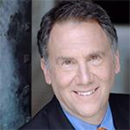
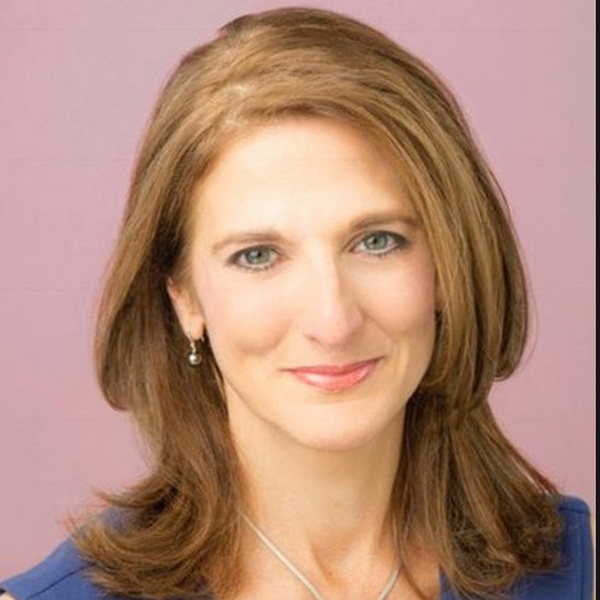
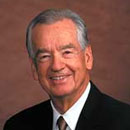

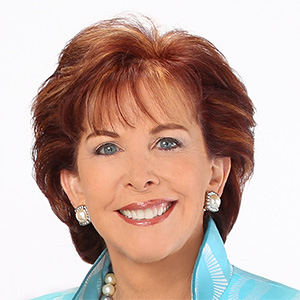

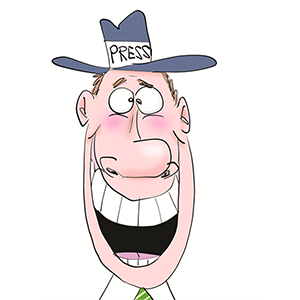
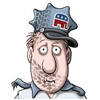


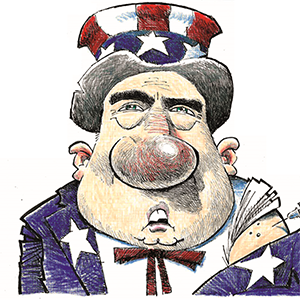
Comments